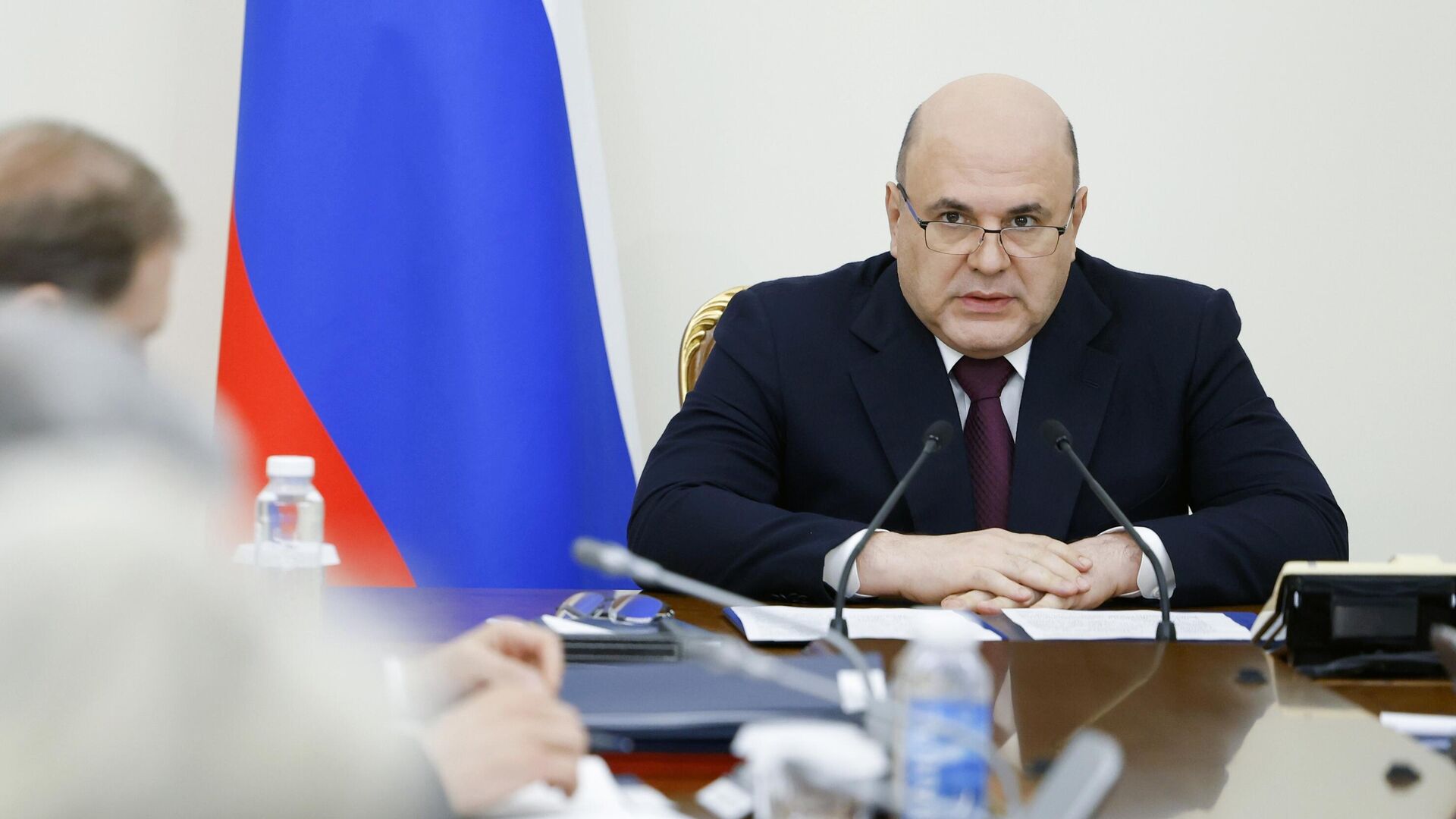
MOSCOW, July 2 Russian specialists should make significant progress in the field of controlled thermonuclear fusion and innovative plasma technologies, the results of this work will open up new opportunities in a variety of directions — from more efficient power generation to modern space technologies, said Russian Prime Minister Mikhail Mishustin.
He spoke on Tuesday at a strategic session on the national projects “New Nuclear and Energy Technologies” and “New Materials and Chemistry”. 
“Let’s start with the nuclear industry. It is planned to implement its transition to a qualitatively new level by creating a two-component nuclear energy system with a closed fuel cycle, which has no analogues in the world today,” Mishustin said.
He recalled that today the construction of the world's first complex of a fast neutron reactor and a robotic plant for the reprocessing of spent nuclear fuel with the return of valuable fissile materials to the production of new fuel is underway.
“It is also necessary to make significant progress in the field of controlled thermonuclear fusion and innovative plasma technologies,” Mishustin emphasized. Already in 2030, the stage of reaching full readiness of the tokamak vacuum chamber with reactor technologies should be completed, he added.
“This is Russia’s own installation for plasma confinement. The planned operating mode will be ensured by 2035,” Mishustin noted. According to him, “this should open up opportunities for completely new solutions, products and even entire areas of science and technology — from more efficient electric power to modern space technologies.” 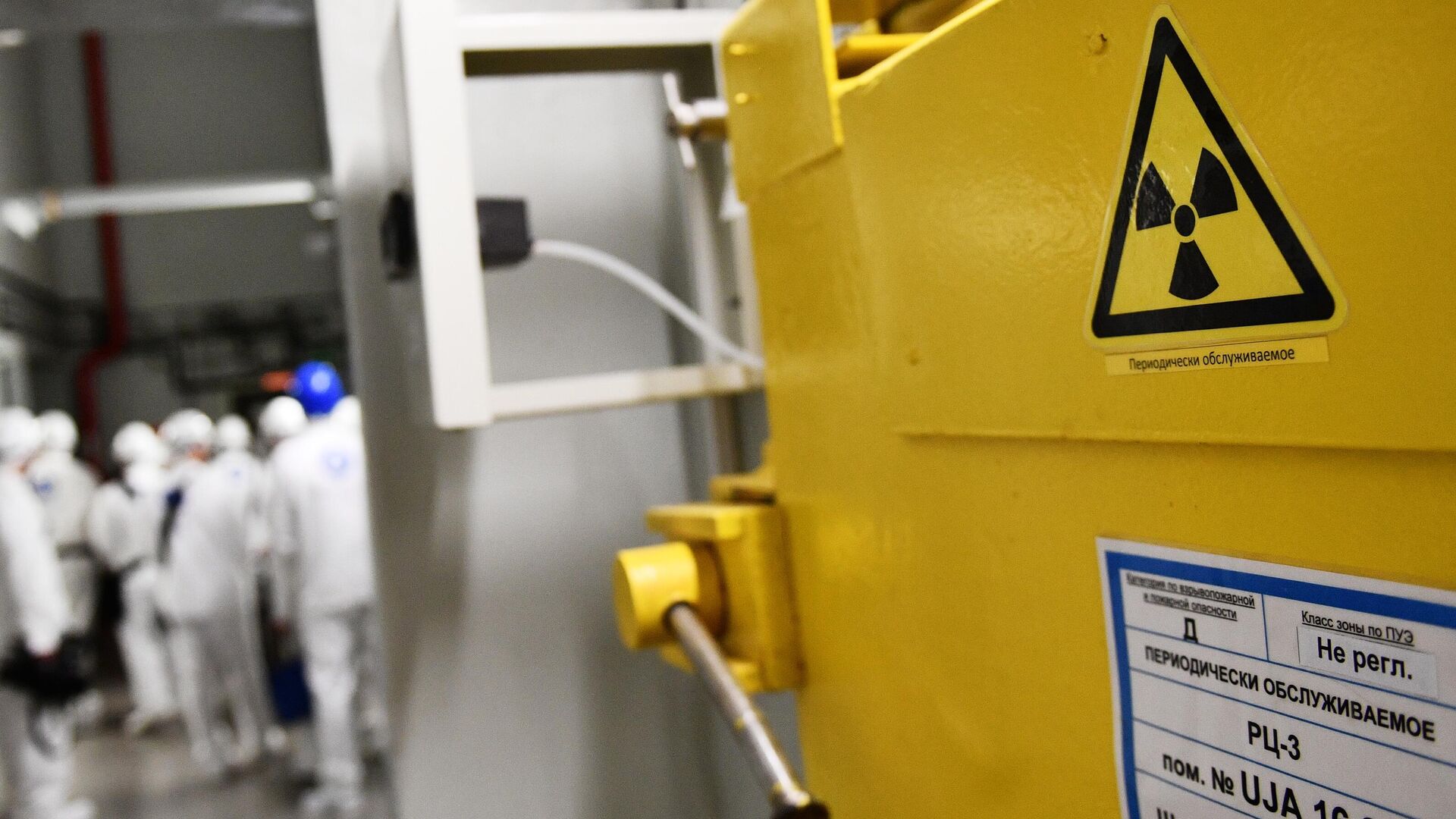
A number of steps are planned based on special materials, promising research, and developments within the framework of Rosatom’s systemic work on the construction and operation of high- and low-power power units, the head of government added.
«The other part of the national project is aimed at developing those energy sectors that are not directly related to nuclear power. Here it is planned to support solar and wind generation, technologies and the production of electricity storage systems. Taken together, these measures should stimulate qualitative changes in green energy, which operates on renewable sources,” said Mishustin.
According to him, it is necessary to “give impetus to many related industries and the solution of issues important to people, starting with urban transport, where electric cars are now being introduced that do not pollute the air in cities, to the emergence of new jobs in high-tech industrial segments.”
«We will also support the implementation of current and development of new projects in the field of liquefied natural gas, oil and gas and electricity,» Mishustin noted.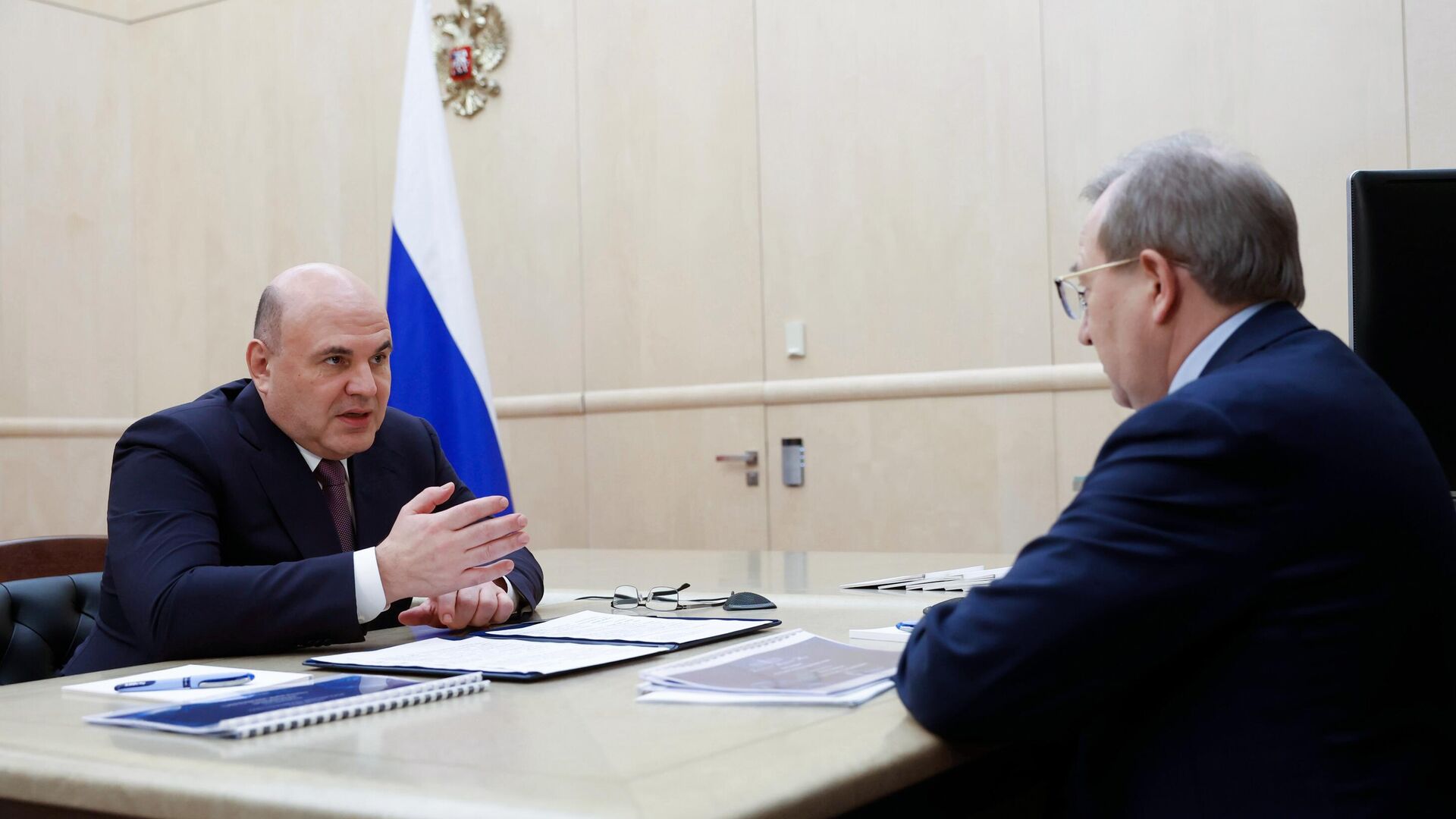
Atom of the Future Technologies
Russia is mastering technologies for the transition to a competitive two-component energy system based on a closed nuclear fuel cycle (CNFC).
Firstly, a closed nuclear fuel cycle will make it possible to expand the reproduction of nuclear “fuel”, plutonium, by actually organizing it » cycle», and therefore significantly increase the fuel base of nuclear energy, eliminating the need to mine natural uranium in large volumes.
Secondly, it will be possible to reduce the amount and biological danger of radioactive waste remaining after the reprocessing of spent nuclear fuel (SNF) — the most dangerous radionuclides are planned to be “burned out” in fast neutron reactors or molten salt reactors. In this way, it will be possible, as nuclear scientists figuratively say, to “remove two key thorns” of the current nuclear energy industry, related to the limited reserves of natural uranium and the deferred problem of spent nuclear fuel.
The logic of a two-component power system is based on the possibility of “coupling” the operation of traditional thermal neutron VVER power reactors with fast neutron reactors. In this case, we will talk about the use of plutonium isolated from spent nuclear fuel of VVER reactors for the production of fuel for fast neutron reactors and the possibility of using plutonium from spent nuclear fuel from fast reactors for the production of special fuel for VVER reactors.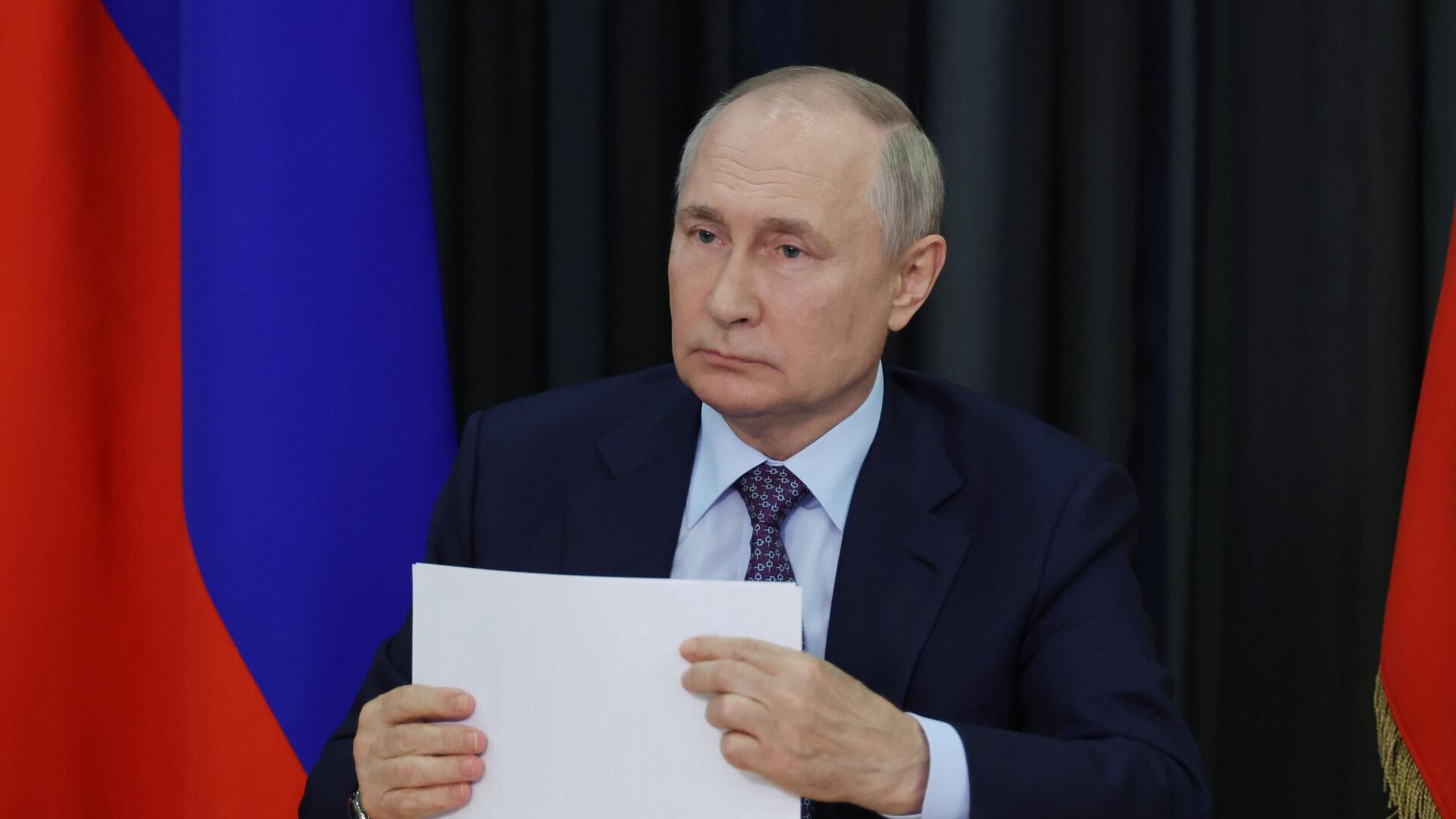
From the point of view of further practical implementation of this idea, the decision of the management of the Russian nuclear industry to build a fifth power unit with a BN-1200M fast neutron reactor and a liquid metal coolant at the Beloyarsk NPP was very important. This will be a pilot commercial “fast” unit, which is expected to be as competitive as units with “thermal” VVER reactors.
Work on the BN-1200M project is being carried out within the framework of the project direction of the state corporation «Rosatom» Breakthrough», aimed at creating a new technological platform for the nuclear industry with a closed nuclear fuel cycle and solving the problems of spent nuclear fuel and radioactive waste. The practical implementation of Proryv's developments should ensure the continued leadership of Russian technologies in the global nuclear energy industry.
As part of Breakthrough, the world's first experimental demonstration energy complex (ODEC) is being built, which will make it possible to close the nuclear fuel cycle directly on one site. The complex is being built in Seversk, Tomsk region. The ODEK will include an innovative fast neutron reactor system with lead liquid metal coolant BREST-OD-300 with a capacity of 300 MW. Construction of the reactor began in the summer of 2021. The complex will also include the station plant itself, which closes the nuclear fuel cycle — it includes a module for processing irradiated mixed nitride uranium-plutonium fuel from the BREST reactor and a module for the production of such nuclear fuel.



















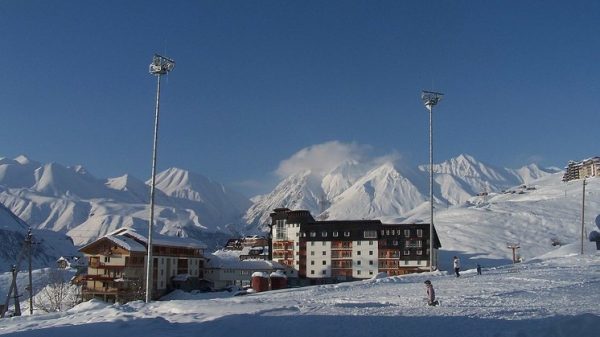
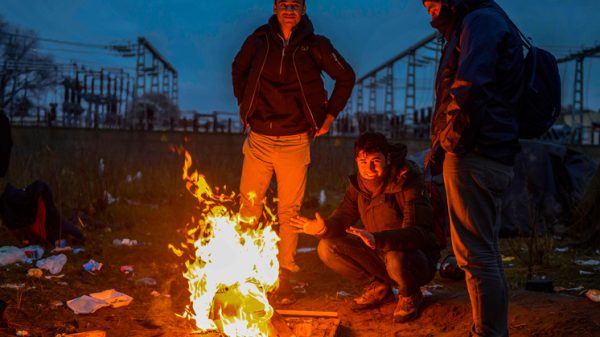

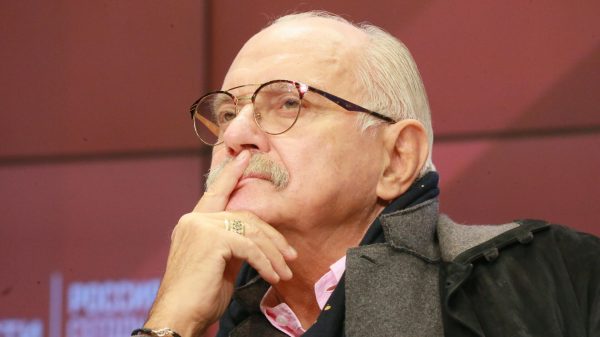







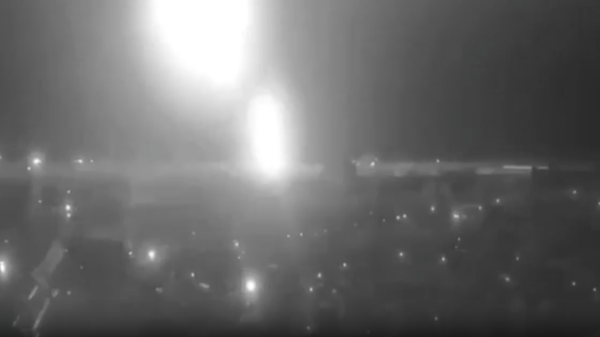


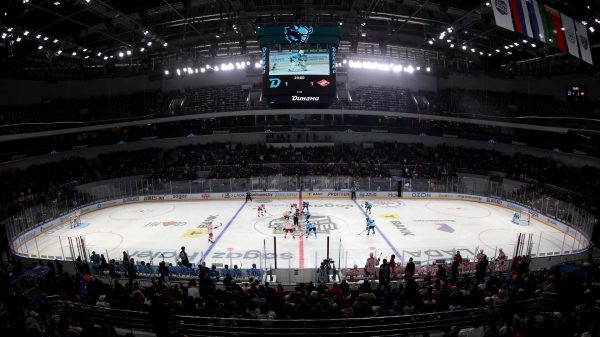












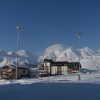














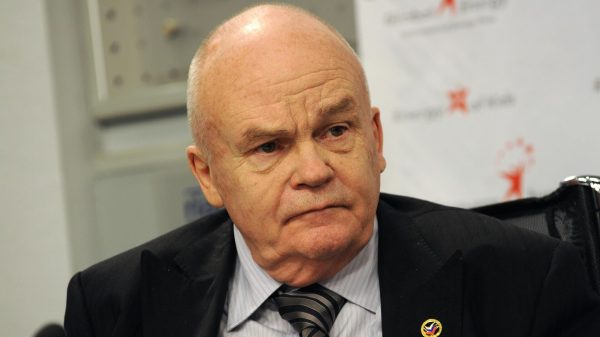


Свежие комментарии